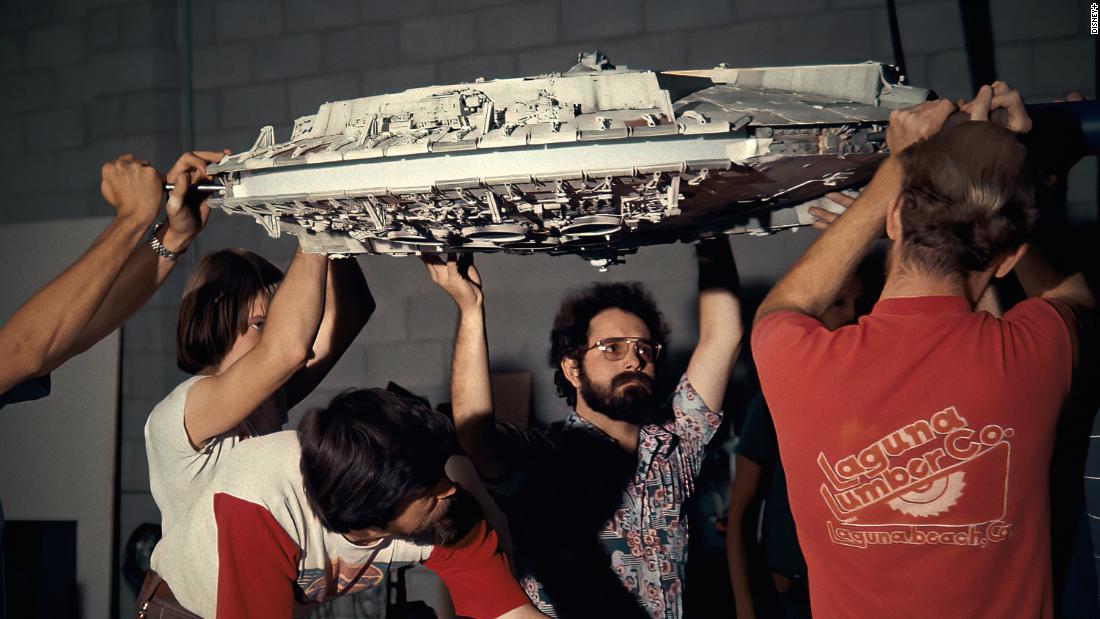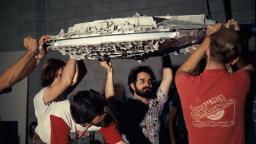

In between, Kasdan provides a thoughtful, often funny and meticulously detailed look at the craft of special effects, the small band of wizards that Lucas enlisted — and the influences, from “King Kong” to “The Seventh Voyage of Sinbad,” that inspired them to begin tinkering with home movies at an early age — and the evolution of filmmaking as effects came of age and a blockbuster mentality took over.
With the benefit of hindsight, the key decision came when Lucas opted to formally assemble the team he had brought together by creating Industrial Light and Magic, the company that became the go-to visual effects source for much of the film industry and a pioneer in the innovations that followed. Speaking of the ILM process, director J.J. Abrams describes it as “that rare magic trick where the technique is as good as the illusion.”
Using landmark films to move the narrative along, from “Raiders of the Lost Ark” to the “Star Wars” sequels, “Terminator 2: Judgment Day” to “Jurassic Park,” Kasdan incorporates dazzling behind-the-scenes glimpses while devoting time to the colorful personalities that have become synonymous with special effects.
The discussions range from the wonky and technical — John Dykstra discussing the motion-control system concocted to capture the dogfight sequences in “Star Wars” — to the amusing, like putting potatoes in “The Empire Strikes Back” asteroid field or a “Raiders”-inspired recollection of how to melt a human head.
The big-name filmmakers interviewed also reveal their sense of awe as movie fans, then and now, such as Ron Howard recalling seeing “Star Wars” for the first time, leaving the theater, and promptly getting in a long line to see it again.
“Light & Magic” shares DNA with the 2015 documentary “Raiders, Raptors and Rebels: Behind the Magic of ILM,” but it’s a deeper dive into the material, one that celebrates the advances in special effects while contemplating its meaning, their limits and the toll as physical crafts gave way to digital representations.
“Visual effects create the magic that makes people want to go to the movies,” Lucas says, but his pal Steven Spielberg adds the cautionary note, “When the effects become the story, we’ve lost our way.”
When visual-effects ace Dennis Muren read the “Star Wars” script, he says, “”I just thought, ‘This is impossible.'”
Now, those dazzling images are taken for granted. “Light & Magic” documents how the impossible became feasible, but to Kasdan’s credit, its efforts to shed light on the magic doesn’t stop there.
“Light & Magic” premieres July 27 on Disney+.
